
Fortune News | Jan 29,2022
Jan 3 , 2021
By Ayele Tirfie Woldemichael (Prof.)
Growth-based development, with distributive justice for social equality, is the collective and balanced contributions of all sectors of the nation’s socioeconomic components. Agriculture produces outputs in the form of food, raw material inputs for agro-based industries, inputs for rural industries, and employment with incomes for the rural population. It arrests urban-bound survival migration normally caused by the push effect of no opportunities for the rural working labor force.
The secondary sector produces industrial goods for consumption, processed inputs for further production, final use products for the domestic market and for exports, and farm equipment, as well as necessary inputs including fertiliser, insecticides and pesticides for the farming communities.
The service sector provides quality knowledge and skill educations, health services for all, financial resources and institutional infrastructure for the first two sectors. Hence, the drive for Ethiopia’s growth and development must be viewed in the combined and complementary progress of all three sectors.
Progressive and gratifying changes in the social and economic well-being of the population of a nation constitute its inner dynamic. Its ongoing expressions, in the main, are equitable access to economic assets including land, eradication of poverty and rapid economic growth followed by distributive justice or development.
Failing in the above fundamentals, the nature and intensity of the socioeconomic problems plaguing Ethiopia have taken certain unnerving forms that involved the following types.
There are glaring realities of inequality and poverty among social groups and between geographical units, combined with low urbanisation levels lacking in quality and constituting skewed distributions of them across the geographical space. There is a huge disconnect between urban and rural economies with the latter in a depressed state of existence.
A prevailing threat is the growing population without matching capacity to productively absorb increasing labor supply. Poor educational and health services both in quality and quantity terms compound this and lead to the inability to raise labor productivity. There is a clear mismatch between knowledge and skill educations on the one hand and requirements or demands for them on the other hand.
This is without mentioning the imbalance between knowledge and skill educations with more focus on knowledge than on skills acquired from vocational training. Underdeveloped human capital lacking in knowledge, skills and entrepreneurial talents, which after all are the cornerstones of growth and development, have remained in their depressed state of existence.
Identifiable also are the coexistence of vertically growing and horizontally declining spatial units. With an entrenched patriarchal system, prospering urban centres can also be found near poverty-ridden and vulnerable rural areas. Industries and basic services are concentrated in selected locations.
Such exclusive focus on growth as an end in itself without concern for distributive justice, which after all is the ultimate purpose, has created its own political anomaly and socioeconomic injustice.
The environment, with the depletion of its resources, is not doing any better. No less damaging is dependence on the export of raw resources to generate foreign exchange but without realising the concomitant export and loss of job and income potentials. Even more unnerving is the depressed productivity of agriculture caused by low technology input and dispossession of the farming communities of land ownership with entitlement.
There is an overall inability to break the circle of the self-reinforcing and cumulative decline of socioeconomic conditions. It is partly a function of the damaging oversight of not recognising that growth and development are a function of the combined or integrated performance and productivity of all economic and service sectors managed by developed and healthy human capital.
The yawning gap between prospering and depressed regions and among social groups can, to a greater degree, be caused by differing degrees of access to “productive resources,” education and health services and physical and institutional infrastructure.
When the integration of spatial systems, expressed in rural and urban socioeconomic activities, is poor, the depressed reciprocating relations between the vast rural sector and the growing urban enclave become even weaker and possibly non-existent. Viewing growth and development from a national vantage point, governments also worsen the imbalances by launching development projects and committing more financial resources in selected regions while leaving out others.
Regional development planning is an instrument for arresting these worsening disparities and directing and promoting growth and development with spatial and social equities as end results. It defines regional development goals and objectives, achieving them through concrete and localised tasks at the regional level. The phenomenal point that takes center stage here is the initiation of growth and development based on the resource potentials of regions. A regional approach to planning assesses regional resources and brings those underutilised including land, water and labor into productive use to generate income and employment opportunities.
Growth and development under this planning approach are the outcomes of shared responsibility and harmonised efforts between the federal government through its sector agencies coordinated by the regional planners on the one hand and the regional (and local) role players in tandem with the people on the other hand. Regional development planning is inherently people-centered.
The motivations for people’s participation are the pressing needs they have and their unmitigated interests to have them addressed. Their contributions in identifying problems and limiting conditions to be dealt with and the resource potential for growth and development that they help uncover are all invaluable.
PUBLISHED ON
Jan 03,2021 [ VOL
21 , NO
1079]


Fortune News | Jan 29,2022
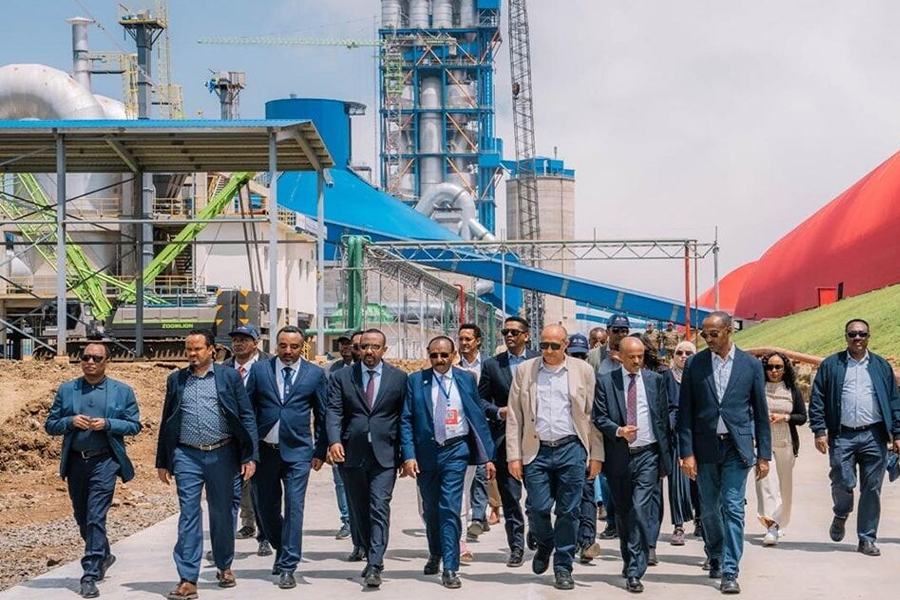
Radar | Sep 29,2024
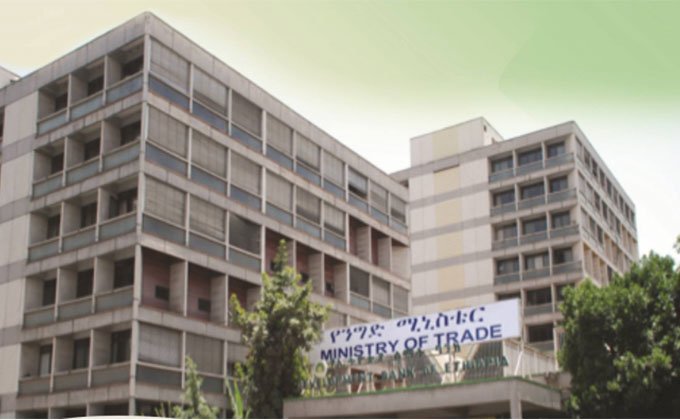
Fortune News | Oct 12,2019

Viewpoints | Sep 30,2023

Fortune News | Nov 27,2021

Verbatim | Sep 07,2019

Commentaries | Jun 17,2023

Radar | Sep 08,2024

View From Arada | Jan 18,2020

Life Matters | Jul 22,2023

Photo Gallery | 174118 Views | May 06,2019
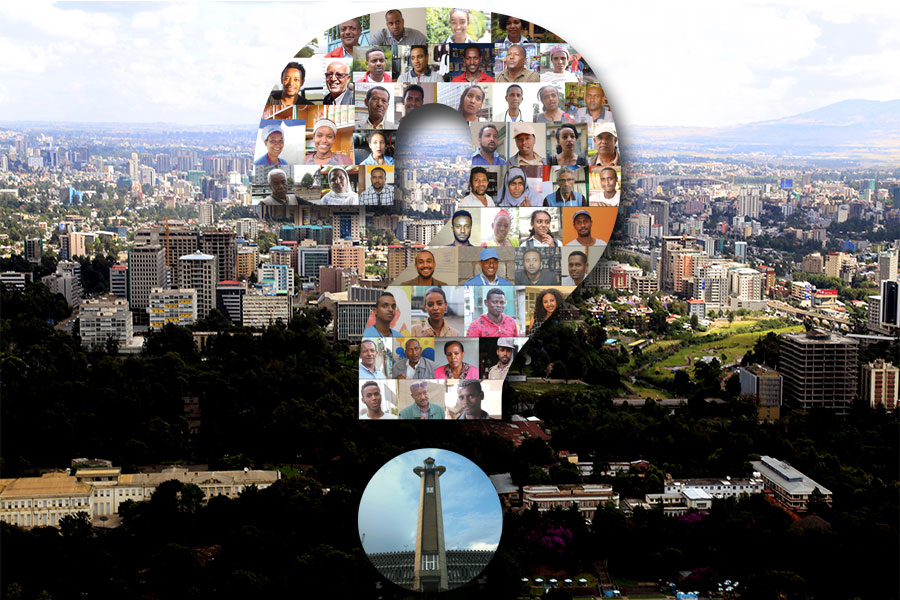
Photo Gallery | 164340 Views | Apr 26,2019

Photo Gallery | 154463 Views | Oct 06,2021

My Opinion | 136629 Views | Aug 14,2021
Editorial | Oct 11,2025

Dec 22 , 2024 . By TIZITA SHEWAFERAW
Charged with transforming colossal state-owned enterprises into modern and competitiv...

Aug 18 , 2024 . By AKSAH ITALO
Although predictable Yonas Zerihun's job in the ride-hailing service is not immune to...

Jul 28 , 2024 . By TIZITA SHEWAFERAW
Unhabitual, perhaps too many, Samuel Gebreyohannes, 38, used to occasionally enjoy a couple of beers at breakfast. However, he recently swit...

Jul 13 , 2024 . By AKSAH ITALO
Investors who rely on tractors, trucks, and field vehicles for commuting, transporting commodities, and f...
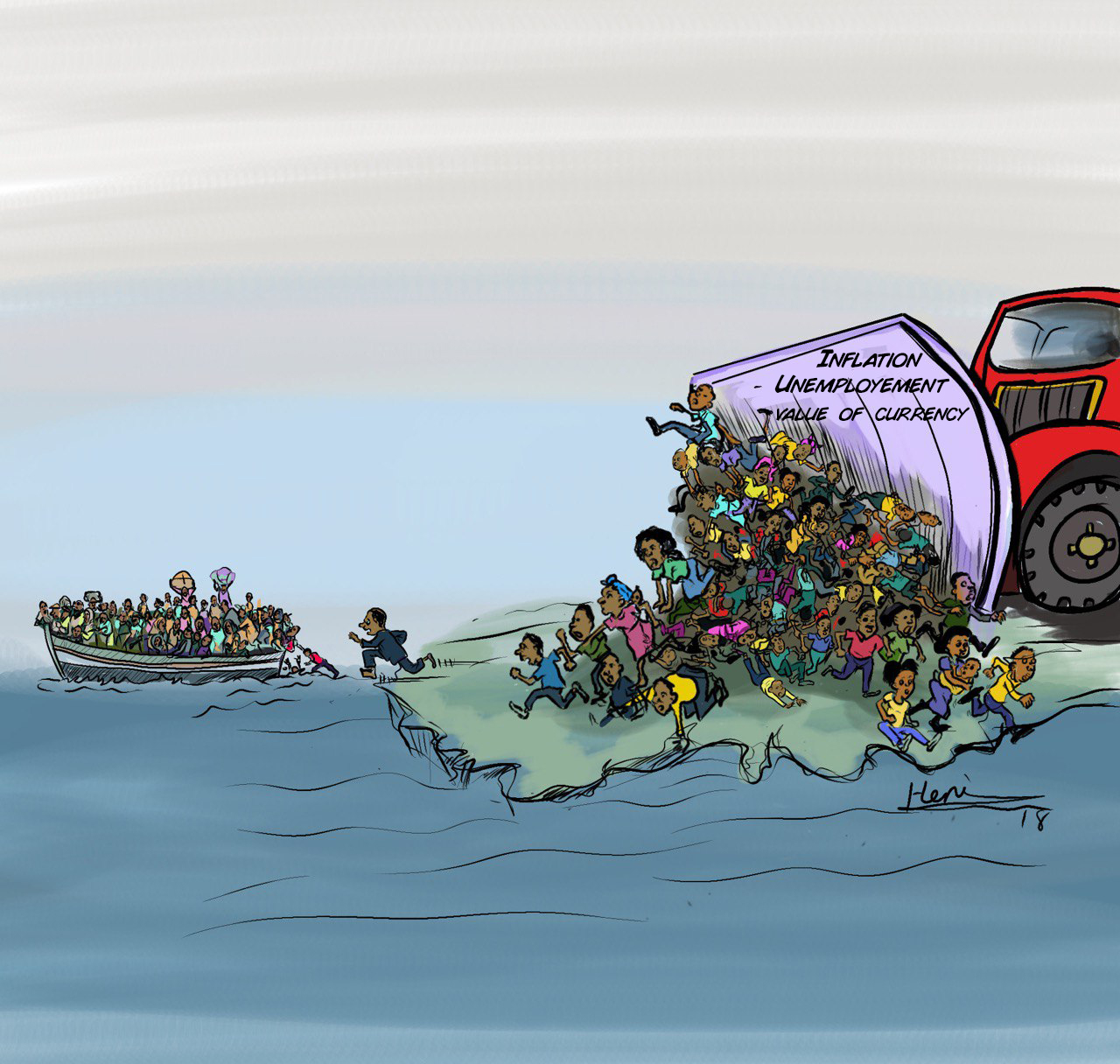
Oct 11 , 2025
Ladislas Farago, a roving Associated Press (AP) correspondent, arrived in Ethiopia in...
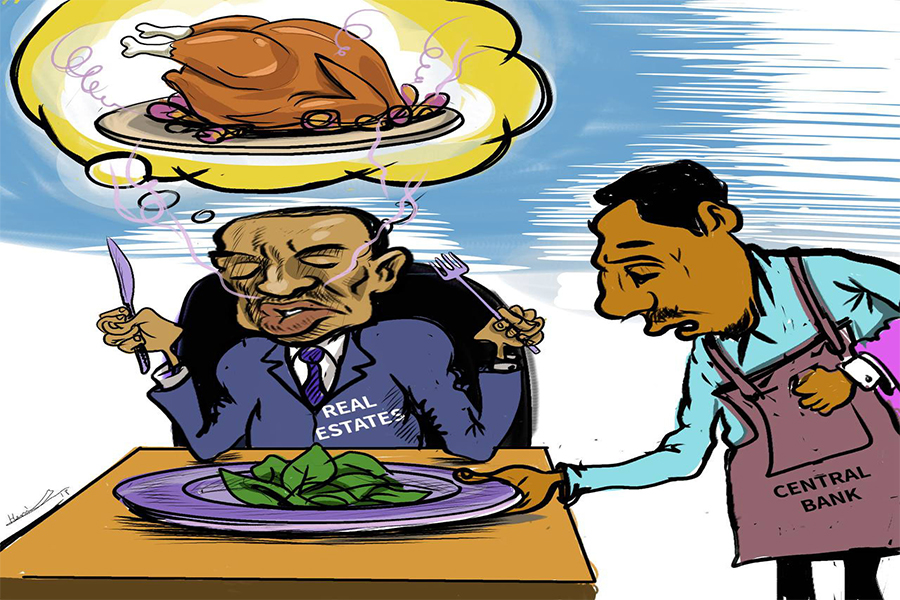
Oct 4 , 2025
Eyob Tekalegn (PhD) had been in the Governor's chair for only weeks when, on Septembe...
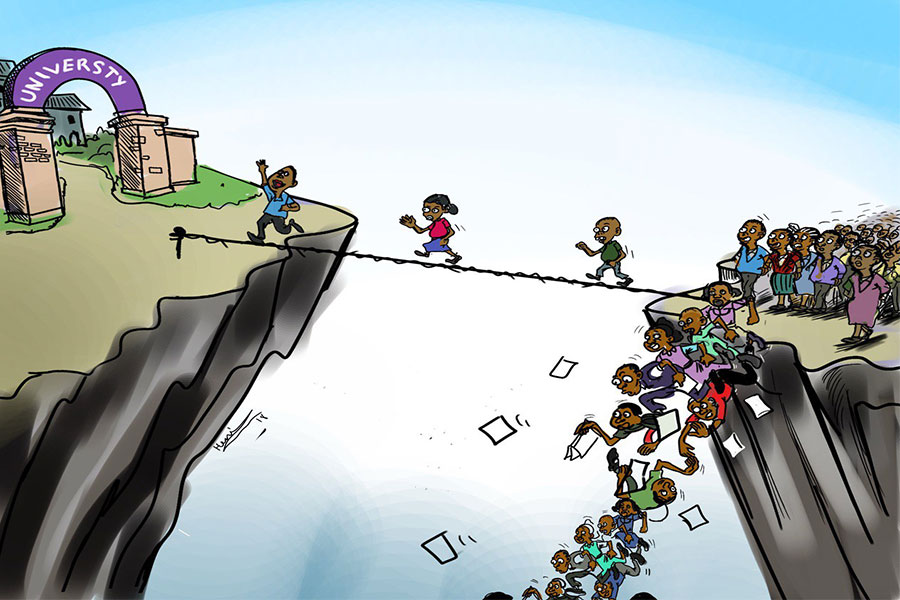
Sep 27 , 2025
Four years into an experiment with “shock therapy” in education, the national moo...
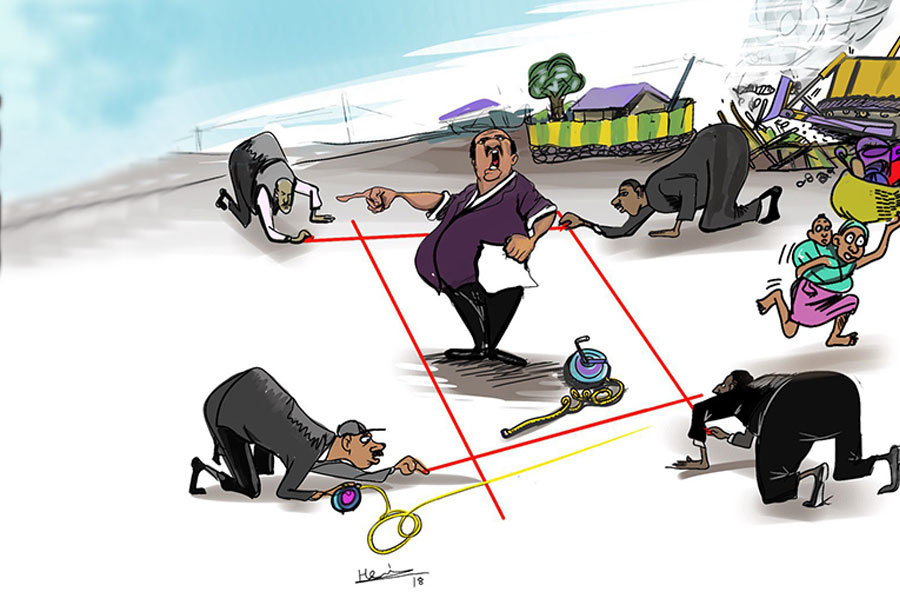
Sep 20 , 2025
Getachew Reda's return to the national stage was always going to stir attention. Once...
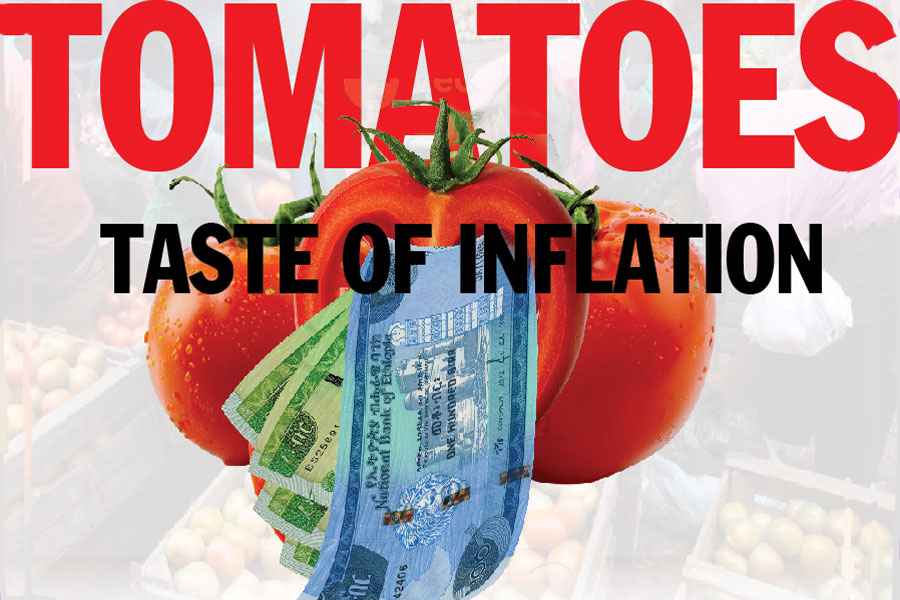
Oct 12 , 2025
Tomato prices in Addis Abeba have surged to unprecedented levels, with retail stands charging between 85 Br and 140 Br a kilo, nearly triple...

Oct 12 , 2025 . By BEZAWIT HULUAGER
A sweeping change in the vehicle licensing system has tilted the scales in favour of electric vehicle (EV...

Oct 12 , 2025 . By NAHOM AYELE
A simmering dispute between the legal profession and the federal government is nearing a breaking point,...

Oct 12 , 2025 . By NAHOM AYELE
A violent storm that ripped through the flower belt of Bishoftu (Debreziet), 45Km east of the capital, in...